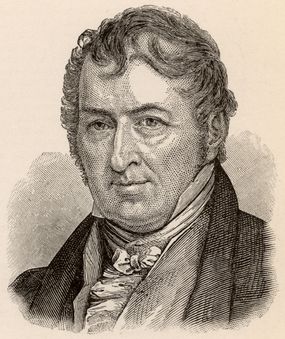
The cotton gin had a significant impact on the cotton industry and society as a whole. This remarkable machine automated the laborious task of separating cotton fibers from seeds, greatly increasing productivity. It sparked economic growth during the Industrial Revolution, particularly in the Deep South, where cotton production boomed. However, it also perpetuated the reliance on enslaved laborers, helping to keep slavery alive.
The gin's influence on the textile industry, economy and social dynamics marked a significant milestone in history, shaping the course of industrialization and leaving a lasting legacy.
Advertisement

